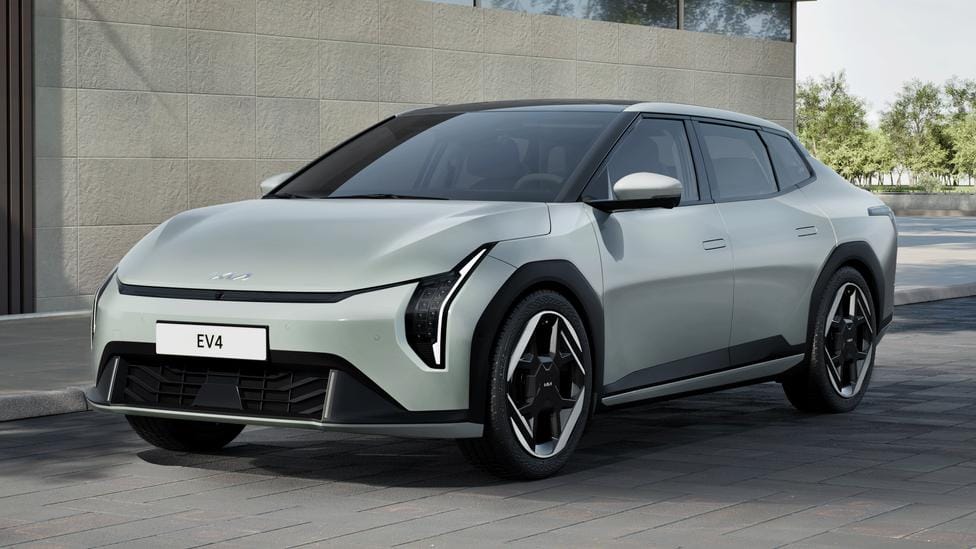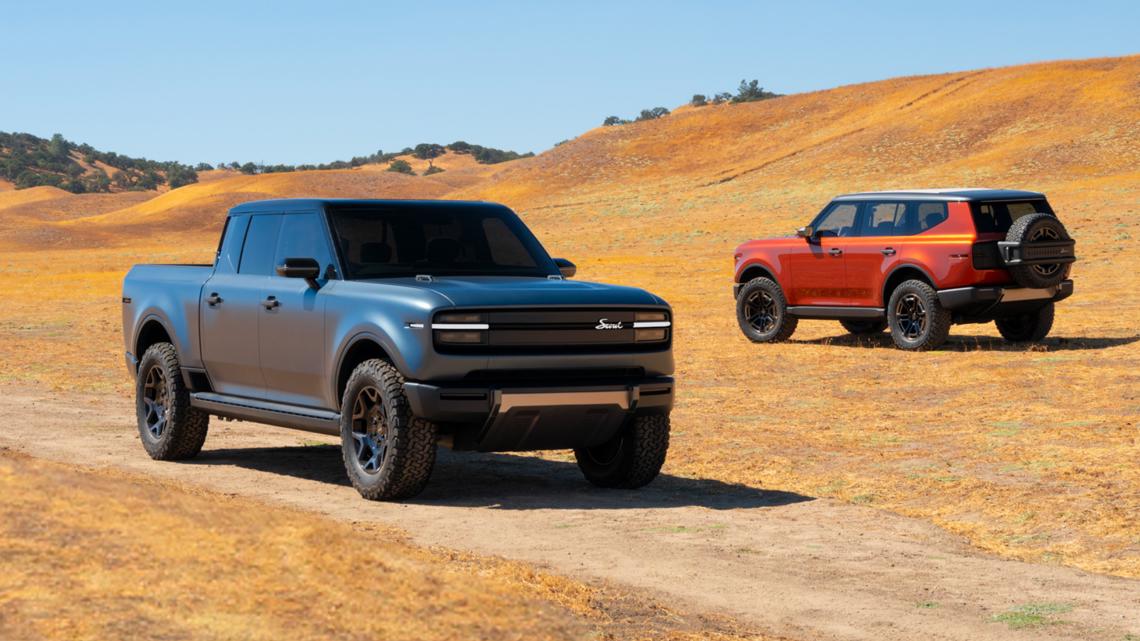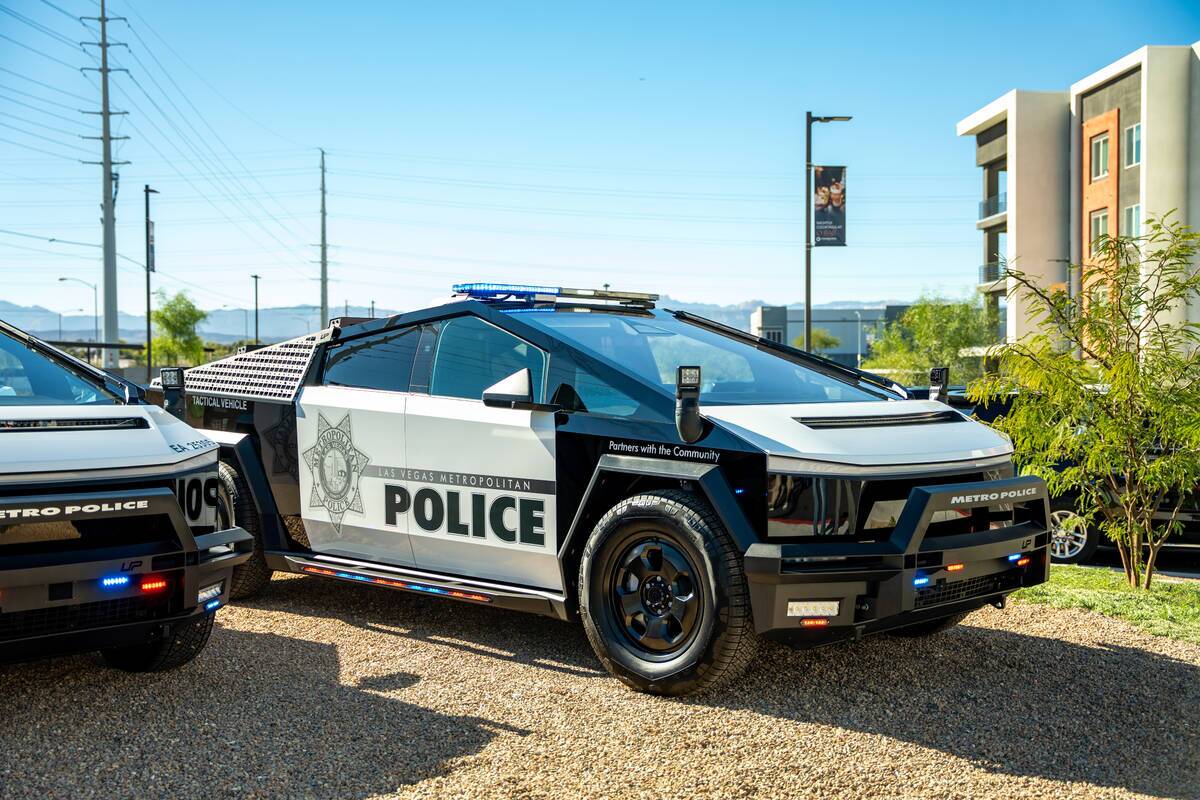Une analyse récente menée par EIT Urban Mobility and Transport for London quantifie un avantage environnemental important des véhicules électriques à batterie (BEV) au-delà de leurs émissions d'échappement nulles bien connues : une réduction de 83 % de la pollution par la poussière de frein par rapport aux véhicules conventionnels.
Avec l'électrification des flottes de véhicules, les émissions hors échappement, notamment celles causées par l'usure des freins et des pneus, suscitent de plus en plus d'inquiétudes. Les critiques pointent souvent ces sources comme des inconvénients potentiels des véhicules électriques. Or, cette nouvelle étude montre que la technologie de freinage régénératif des véhicules électriques réduit considérablement le recours aux freins à friction traditionnels, diminuant ainsi considérablement les émissions de poussière de frein.
L'étude s'est concentrée sur les grandes villes européennes comme Londres, Milan et Barcelone. Elle a révélé que les véhicules électriques réduisent les émissions de poussière de frein de 83 %, tandis que les hybrides et les hybrides rechargeables atteignent des réductions plus faibles, mais néanmoins significatives, comprises entre 10 et 66 %. Bien que les véhicules électriques aient tendance à être plus lourds en moyenne, principalement en raison de leurs batteries et de la tendance du marché à privilégier les modèles plus grands, l'étude souligne que les particules de poussière de frein sont bien plus nocives pour la santé humaine que l'usure des pneus, qui augmente légèrement avec le poids du véhicule.
En combinant les émissions des freins, des pneus et de l'usure de la route, les VEB produisent 38 % de pollution particulaire de moins que les véhicules à essence comparables, même sans tenir compte de la suppression des émissions d'échappement. Cette réduction renforce les avantages substantiels de l'électrification des flottes en matière de qualité de l'air.
Le rapport souligne également l'importance de délaisser les véhicules particuliers au profit des transports en commun, de la marche et du vélo, qui permettent une réduction encore plus importante de la pollution par personne-kilomètre. Les bus électriques, par exemple, surpassent largement les modèles diesel, favorisant ainsi l'électrification des transports publics.
En outre, l’étude recommande de faire progresser les technologies de freinage et de pneus à faible usure et de s’attaquer à l’impact environnemental de l’augmentation de la taille des véhicules et de la part de marché des SUV, des tendances qui contribuent à l’augmentation des émissions hors gaz d’échappement.
En résumé, si l’électrification reste essentielle pour améliorer la qualité de l’air urbain, les politiques encourageant le changement de mode de transport et l’innovation technologique dans les composants des véhicules sont tout aussi importantes pour un transport durable.
Lay Wen








Partager:
Le prochain R2 de Rivian : un concurrent sérieux sur le marché des crossovers électriques
Les Allemands achètent davantage de véhicules électriques, mais Tesla perd du terrain